- 8777701917
- info@saikatinfotech.com
- Basirhat W.B
A fire alarm system is a network of devices designed to detect and alert people about a fire emergency in a building or an area. These systems can detect the presence of fire (such as smoke, heat, or flames) and trigger alarms to alert building occupants and emergency responders. Fire alarm systems are crucial for ensuring safety, allowing people to evacuate quickly and preventing further damage to property.
Smoke Detectors: Detect the presence of smoke, which is often an early indicator of fire.
Heat Detectors: Detect changes in temperature or the presence of abnormal heat in an area.
Flame Detectors: Detect the presence of flames through infrared or ultraviolet light sensors.
Manual Pull Stations: Devices that allow individuals to manually trigger the alarm in the event of a fire.
Control Panel: The central hub that monitors and controls the fire alarm system. It receives signals from detectors and manual pull stations and activates alarms.
Alarm Devices (Sirens, Horns, Bells): These emit loud sounds or visual signals (e.g., flashing lights) to alert building occupants to evacuate.
Notification Appliances: These can be strobe lights or speakers that provide visual or audible warnings, especially in noisy environments or for hearing-impaired individuals.
Fire Alarm Monitoring: Some systems are connected to a central monitoring station that notifies emergency services or dispatchers when an alarm is triggered.
Conventional Fire Alarm Systems: These divide the building into zones, and the alarm will only show which zone has been triggered, but not the exact location of the fire.
Addressable Fire Alarm Systems: These are more advanced, identifying the specific device that has detected the fire, allowing for more precise location information.
Wireless Fire Alarm Systems: These systems use wireless technology for installation, making them more flexible and easier to retrofit in older buildings.
Regular maintenance, testing, and inspections of fire alarm systems are essential to ensure they are fully functional in case of an emergency.
There are several types of fire alarm systems, each with different features, capabilities, and applications. The main types of fire alarm systems include:
The type of fire alarm system selected depends on the size, complexity, and specific requirements of the building, as well as the budget. Advanced systems like addressable and wireless alarms provide more accurate and detailed information, while conventional systems are simpler and more cost-effective for smaller buildings.



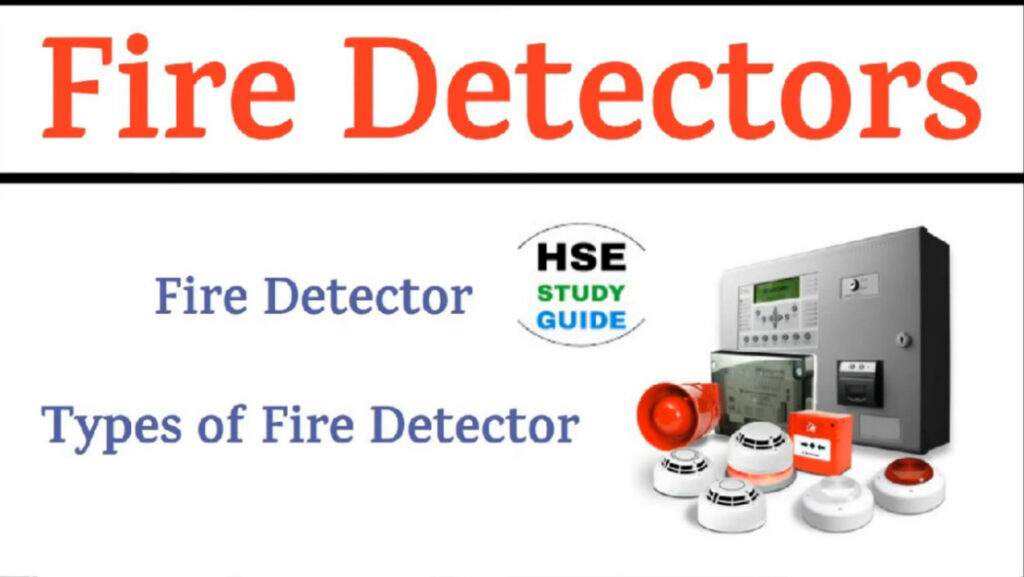








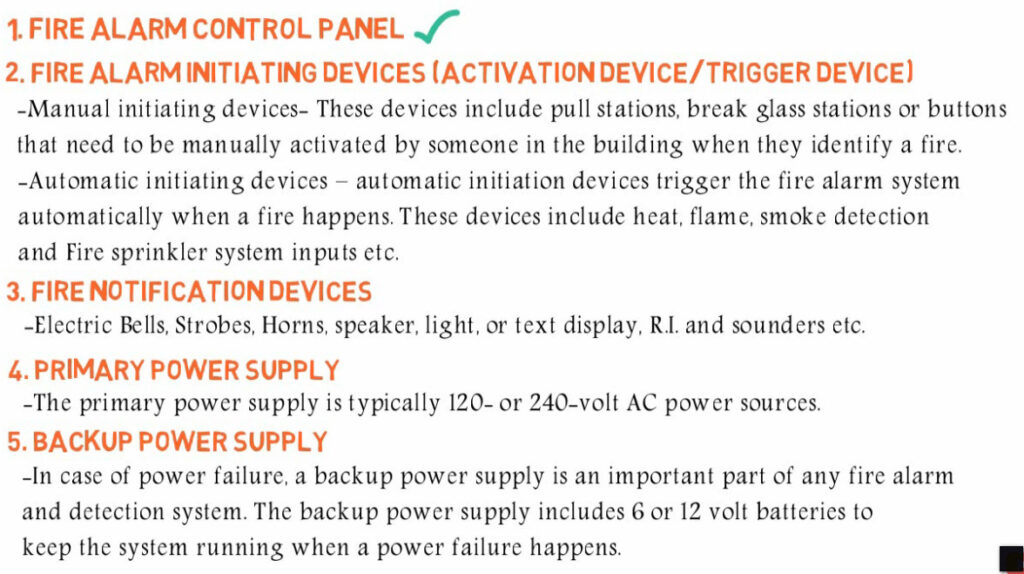



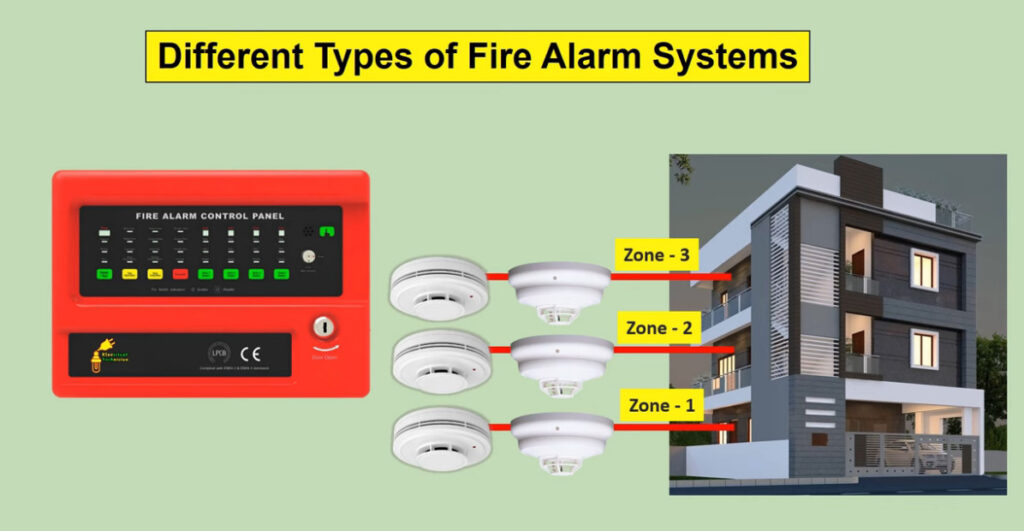

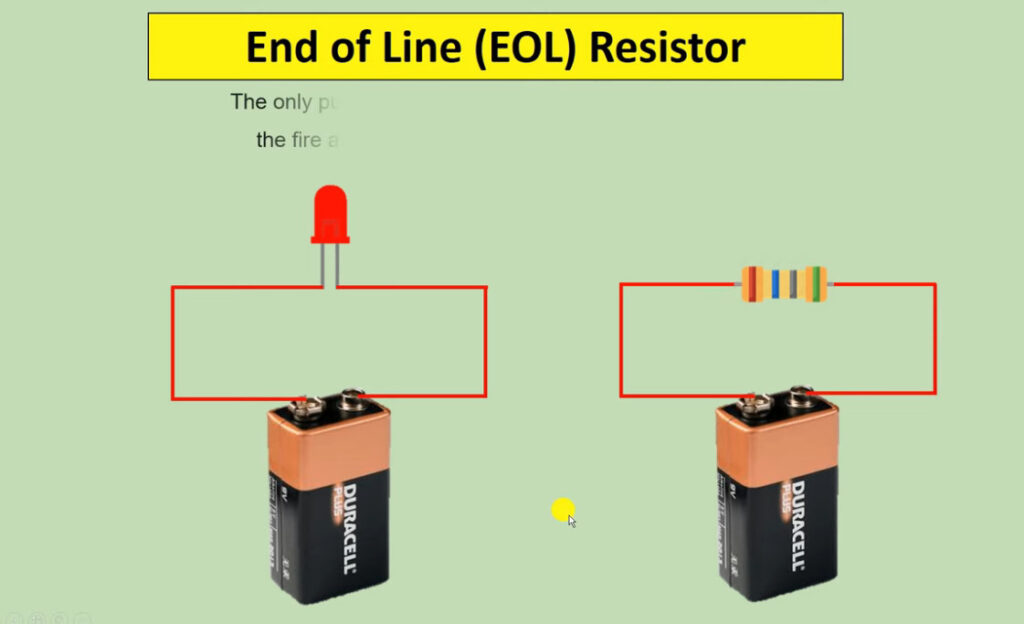
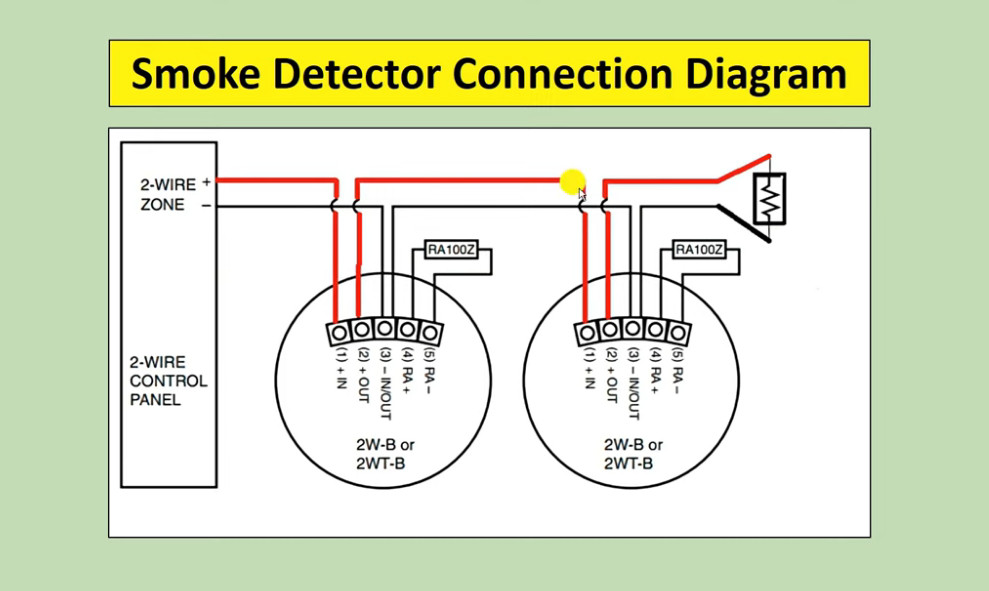
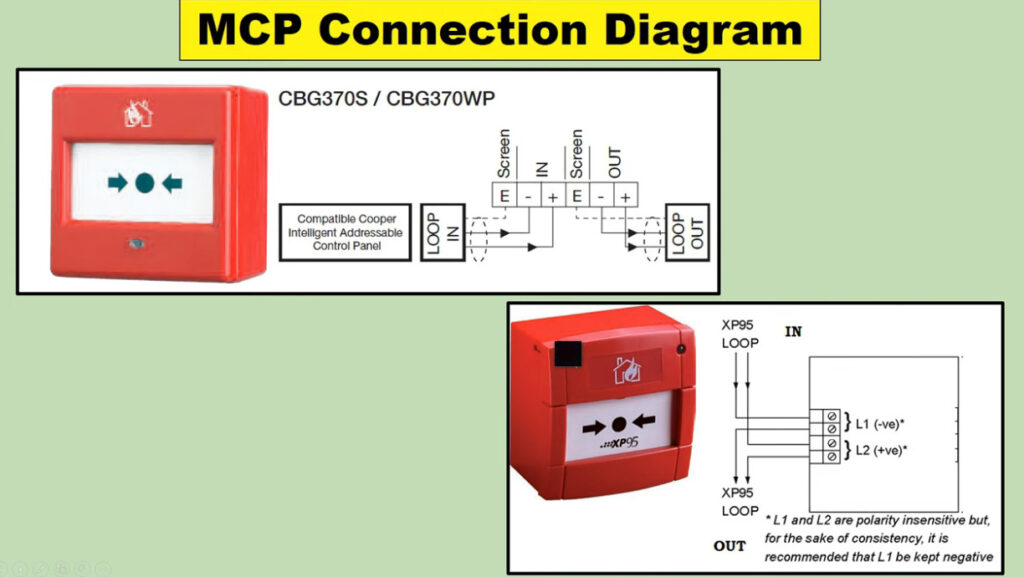



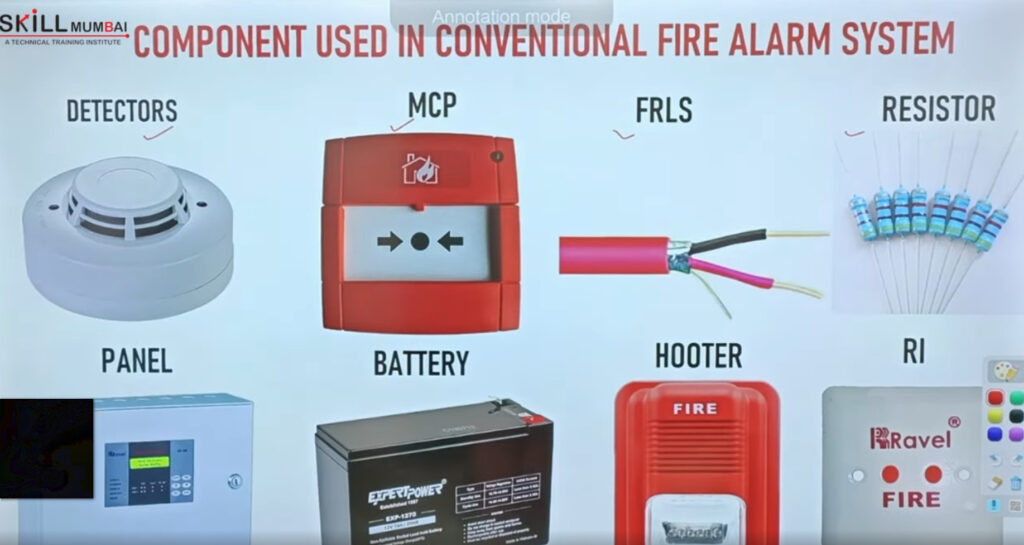





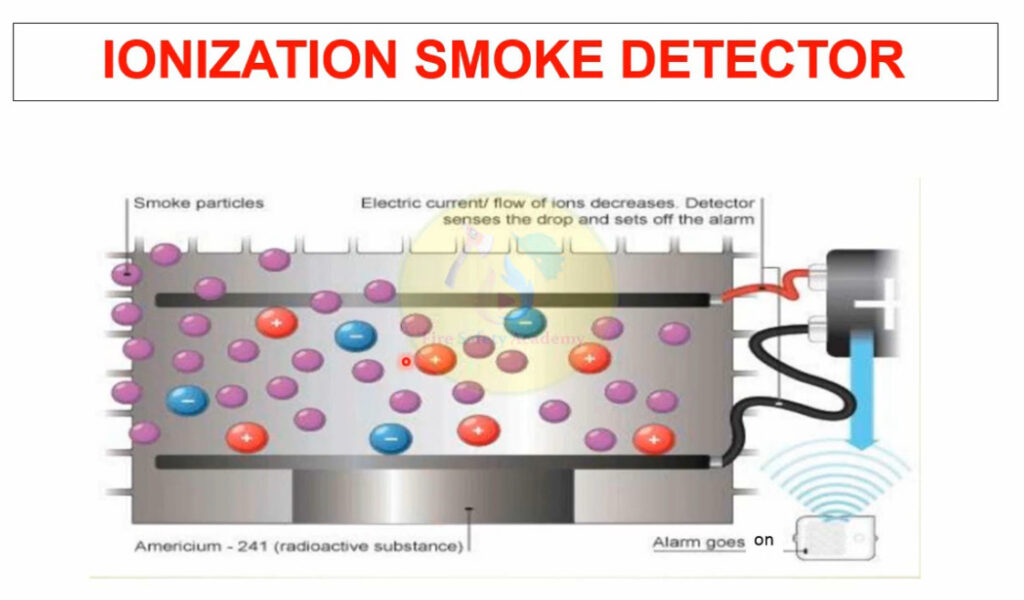


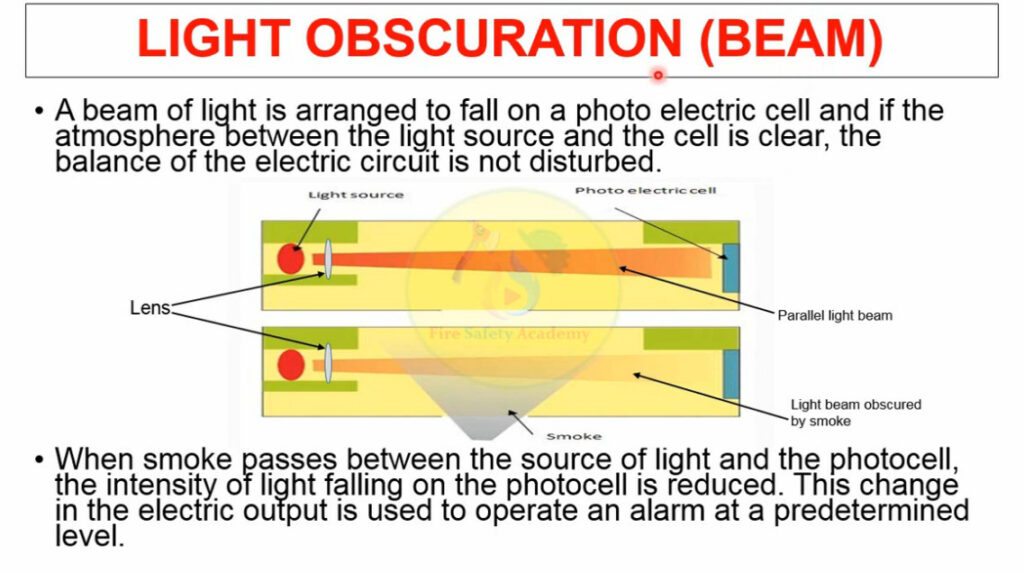


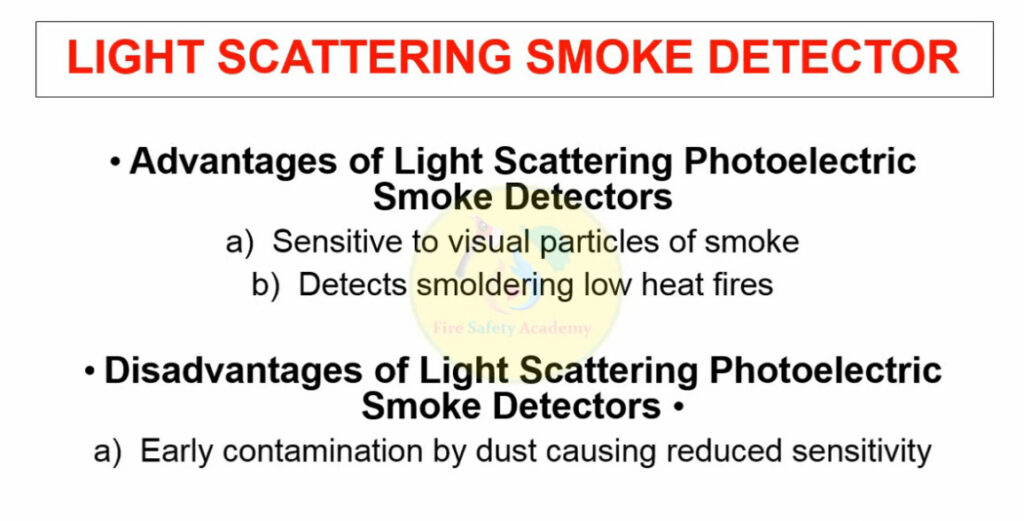


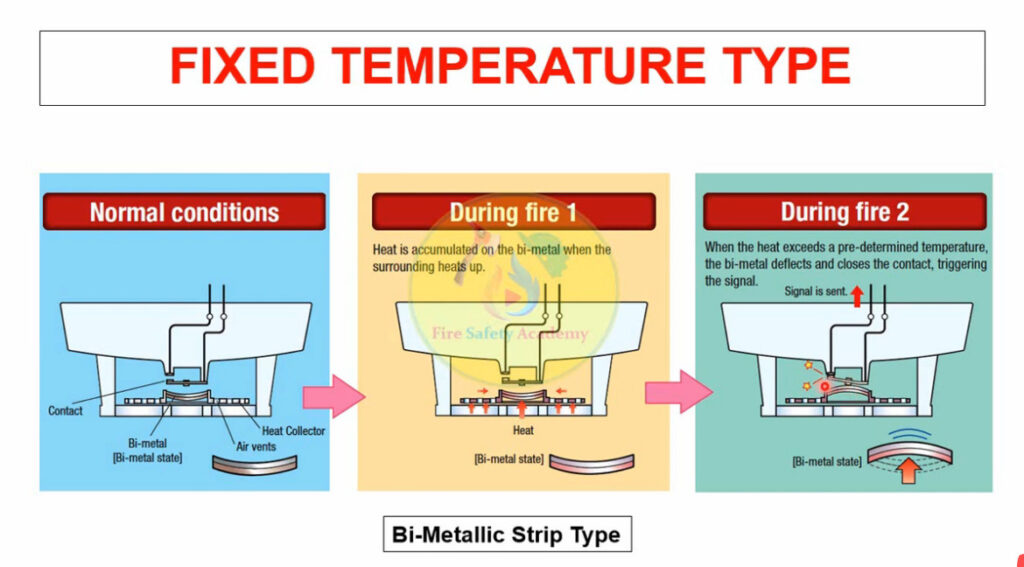


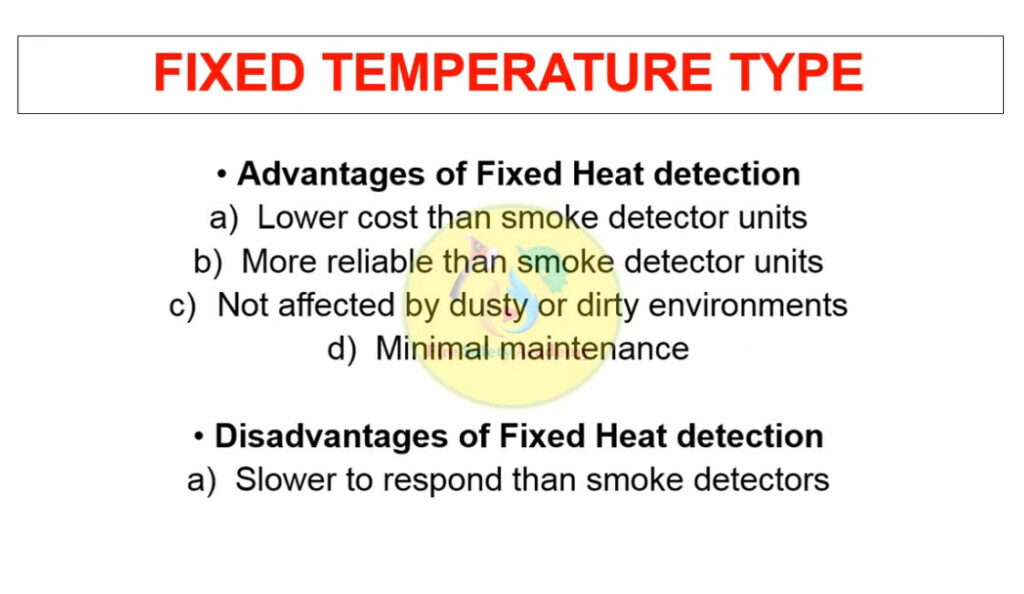

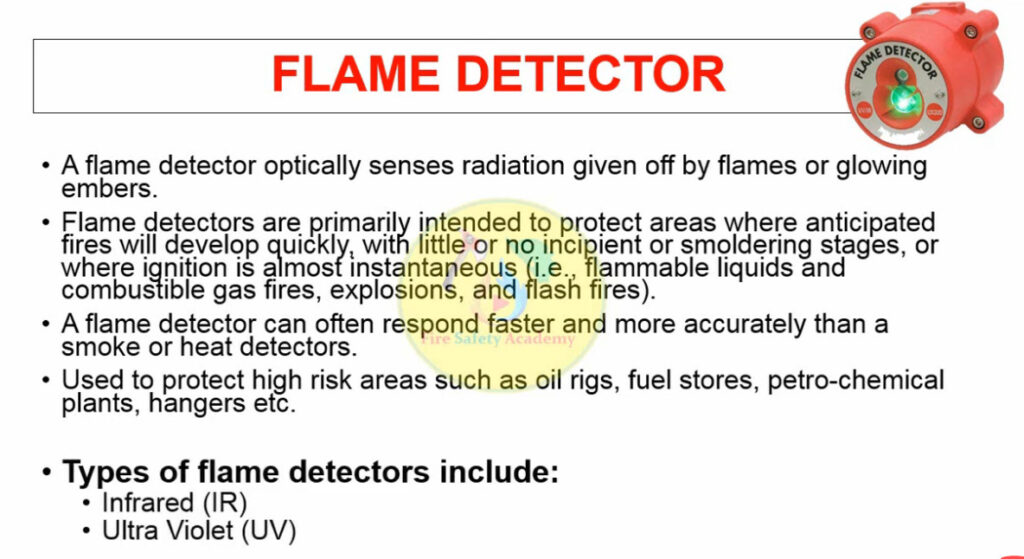

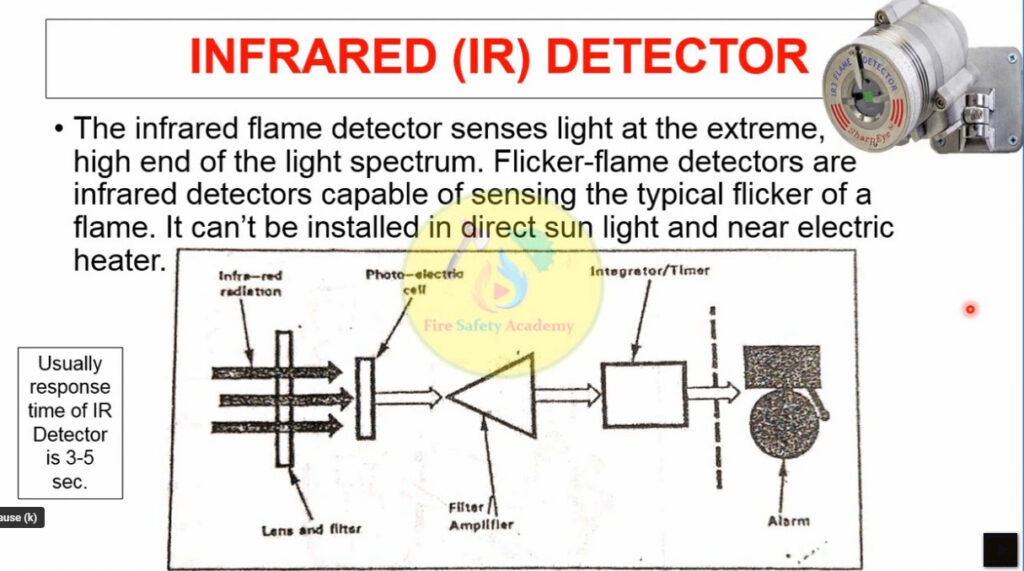





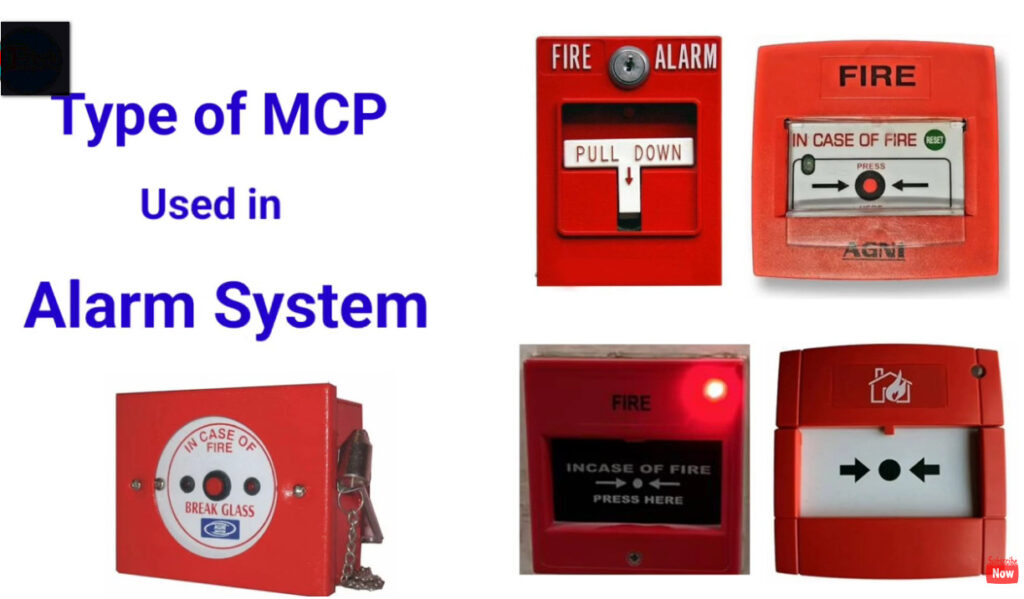


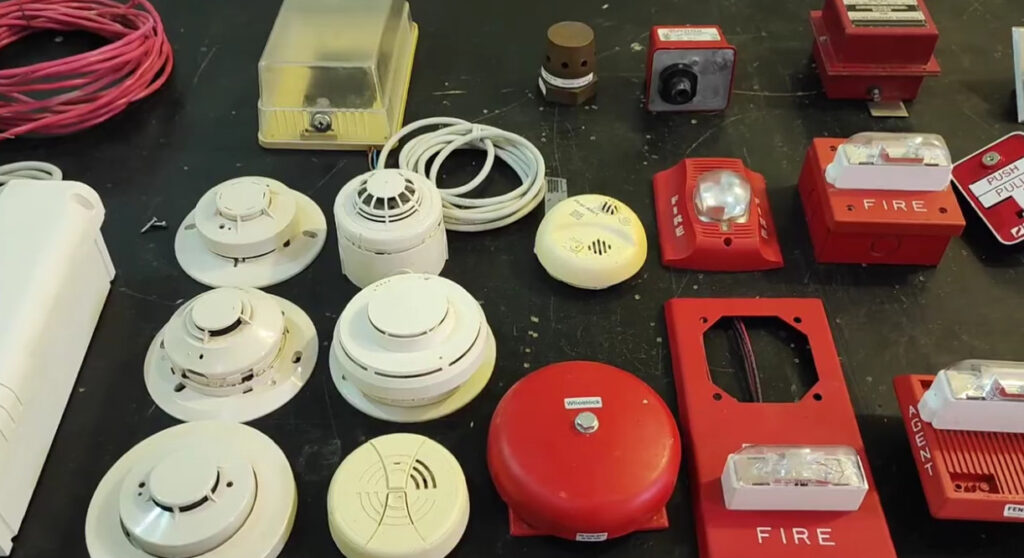

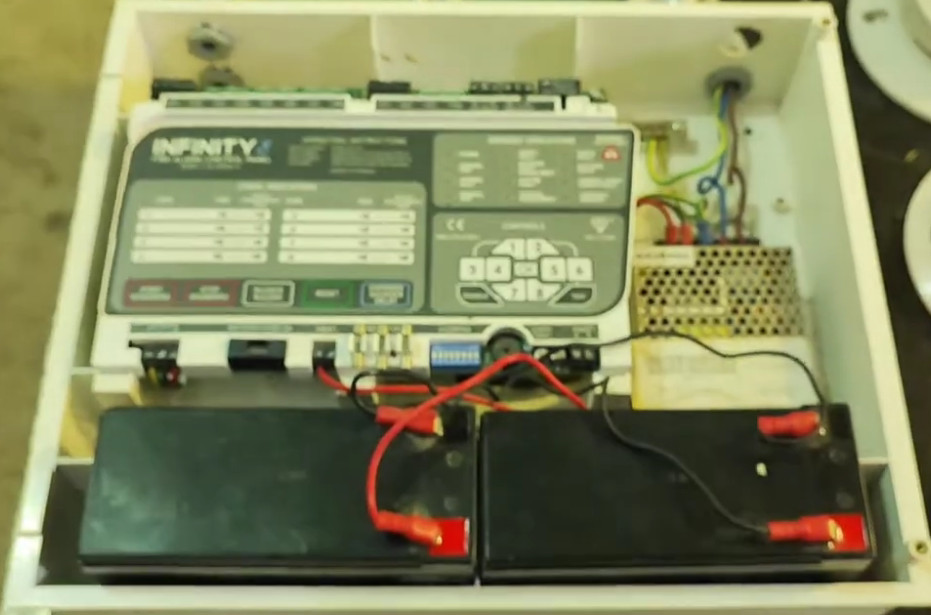


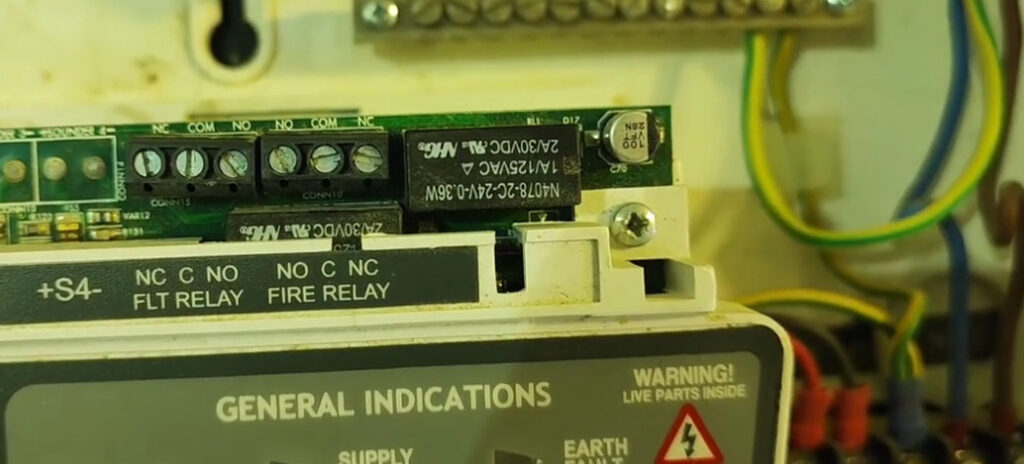


Fire Alarm Brand